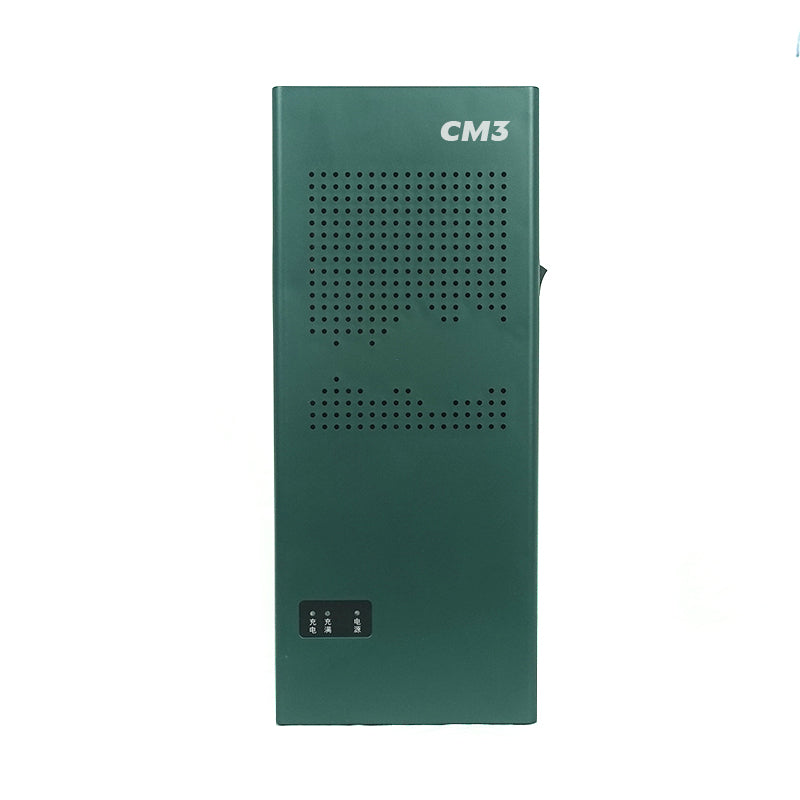What are the current usage status and misunderstandings of wireless signal jammers?
Current usage of wireless signal jammers
First, let’s talk about the current use situation of wifi jammers.
1. The areas that should be shielded are not strictly shielded, which is costly and laborious but ineffective;
2. The areas that should not be blocked have serious interference, have been complained about, and cannot be used normally;
3. There is a gap between overly biased detection and pseudo base station technology, ideals and reality, and there are currently no truly successful cases to be found in China;

Misunderstandings in using wireless signal jammers
There are also many misunderstandings in the use of wireless signal jammers.
1. The greater the power of the wifi signal jammer, the better.
Host frequency output is inaccurate, frequency drifts, bandwidth is too wide, power is wasted, and interferes with the base station;
The simple frequency sweep power suppression method has low shielding efficiency and large radiation;
The power is falsely marked and exaggerated, and the nominal power loses its reference value;
Power is the foundation and technology is the key. Finding good methods and techniques is not as good as trying to gain power;
2. Use directional antenna signal jammer to avoid interference in other locations.
There is a certain transmit signal strength outside the directional angle of the directional antenna, but it is much lower than the main lobe and is not completely directional;
Reflections from buildings will still cause external interference;
The host frequency drift seriously affects the base station and causes external interference;
TD full-time shielding interference is bound to exist.
3. High-power equipment radiates a lot, while low-power equipment radiates little.
High-power uses outdoor antenna, with long range, large shielding coverage, uniform shielding signal but minimal radiation;
If low-power equipment does not use multiple antennas to provide long-distance shielding, but is arranged centrally or five antennas work together, its radiation power will be greater than 10
microwatts/square centimeter, and close-range radiation must seriously exceed the standard;













